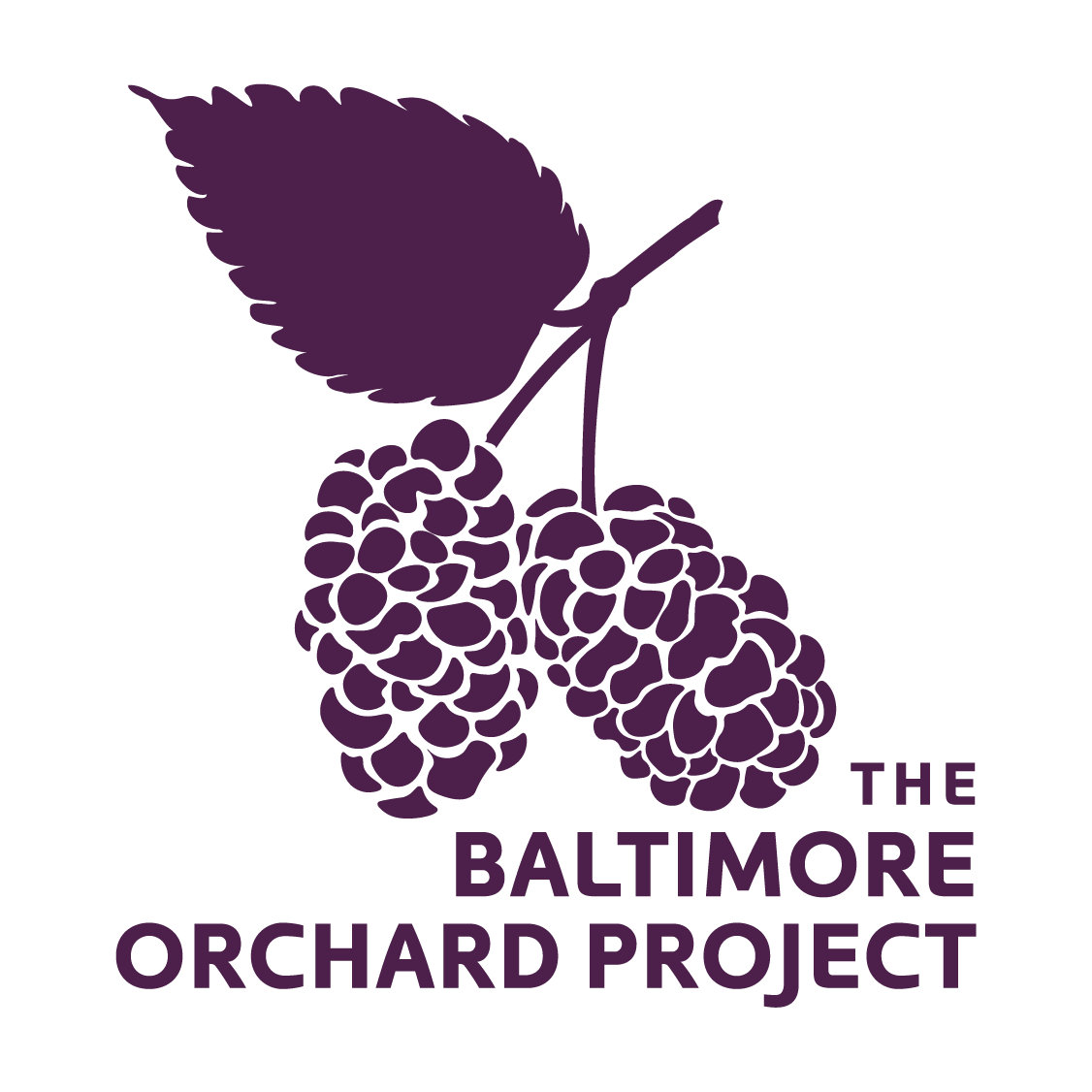Fruits of the Past: Uncovering the History of Orchards in Baltimore City
Blog 1: Introduction
by Ian Collins, UMBC Intern
As a kid, it never really sank in that a lot of what I was eating came from some kind of plant or tree. It’s just not something you think about, growing up in a world filled with on demand grocery stores and quick-e-marts. It wasn’t until my mom came home from her first ever trip to the farmer’s market (about ten years ago) and the carrots had DIRT all over them that I started to really appreciate the direct connection between plant food and well…plants. Since then, I’ve been blessed with all kinds of opportunities to further my appreciation for earth and for food.
This past semester I’ve had the pleasure of working as an intern with Civic Works’ Baltimore Orchard Project. My first assignment was to develop a relationship with and help maintain the permaculture food forest at the University of Maryland, Baltimore County.
Throughout the process I learned to identify various perennial/local varieties of edible plants; understand their needs and contributions within a sustainable ecosystem; and even helped organize a massive tree planting in collaboration with the UMBC garden and plant donations offered from BOP.
As the semester came to a close, I began to develop an interest in the history of fruit and nut trees here in Baltimore City. I had seen maps of the orchards BOP had planted or developed a relationship with over the past four years, and couldn’t help but wonder what the city’s edible tree canopy looked like, say, in the early 20th century?
How old was the oldest orchard? How many Baltimore citizens owned apple trees in the 1800s?
Both Eric Sargent (BOP outreach coordinator) and Ben Howard (former BOP program director) encouraged me to take my questions a step further. And so, the Orchard History Research Project was born!
My first day at the library was, like any first day on the job, a little intimidating. Simply typing in ‘history of orchards baltimore city’ into World Cat isn’t necessarily the best place to start. However, lucky for me my supervisors at BOP provided me with a lead.
Nina Beth Cardin (BOP director) sent me an email saying that there was an old map at the John’s Hopkins University Library that showed topographical information about the city of Baltimore, including where orchards were! I immediately reached out to the GIS & Data Services department at the Sheridan Libraries. After talking at length with a specialist, I arranged to go see the map in person.


